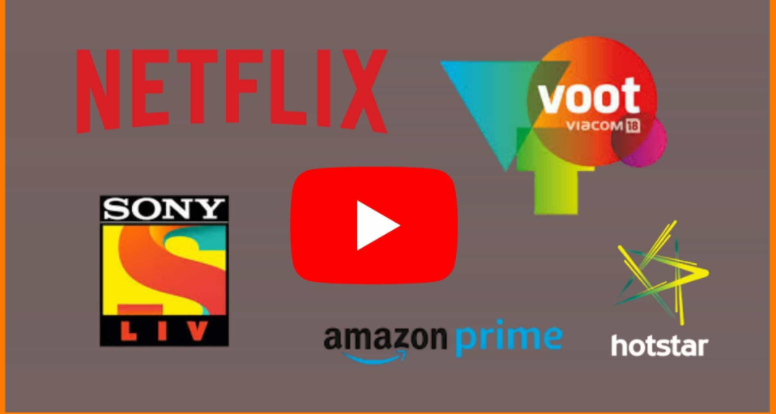As many as 130 million homes pay for watching three-plus hours of TV every day, the numbers for which are growing. These trends tally with subscriptions too.
In the last few years, I’ve struggled to find things to watch on TV. I have no problem watching TV by appointment, and I wake up at odd hours to watch live cricket. Breaking News and PM’s speeches also get me in front of the tally. But I don’t usually watch TV, because I can’t relate with most of what is served in the name of entertainment or news.
As many as 130 million homes pay for watching three-plus hours of TV every day, the numbers for which are growing. These trends tally with subscriptions too. Yet, most people I meet have kept their TV subscriptions alive without watching much TV, simply because it doesn’t cost them much. What are we missing here?
We grew up in a poorer India where employment, food and shelter were main concerns. Movies of the time depicted sparsely furnished homes, heroines who sailed through the script in one saree, mothers sacrificing meals so kids could eat, and a clerical job for one got the entire colony dancing. Over the years, movie-going audiences obtained access to basic needs and these issues stopped resonating. So, did subjects on the screen.
As the economy improved, businesses prospered, homes became larger and better equipped, human needs shifted to seeking growth for the family and independence for the self. Struggle for survival was replaced by tensions between those sharing home and business spaces. Stories in films and TV shifted to ‘love marriage’, property disputes between siblings, and space issues between mothers-in-law and daughters-in-law.
India moved from watching a middle-class Hum Log to Saas Bahu and Naagin. A bunch of reality shows were also added. Unfortunately, innovation of formats and genres stopped here, and this repertoire has seen no additions, despite loss of certain fatigued audience segments. Today, unlike a generation ago, people have savings and do not feel guilty about spending on ‘experiences’. Any seller (read: advertiser) would wish to impress and attract this audience.
This audience also watches over-the-top (OTT) media platforms — not because they only like watching content in their own time or because they love the medium, but also because they relate with shows like Mirzapur, A Suitable Boy, and Sandwiched Forever. It’s not the profanities, sex and gore that attract them to these shows – it’s why these shows are watched, after the kids have gone to sleep, often paused when the house help enters the room.
The size of this audience is not small. The largest OTT app has 28 million subscribers. The second largest that does not show cricket has 10 million-plus subscribers. This may be small compared with the 130 million pay TV subscriber base. But the propensity of these homes to pay — and that of advertisers to pay to reach these homes — would be above industry average.
Overregulation has not allowed broadcasters to change channel prices, already the lowest in the world, for two years now. This has possibly slowed down innovation too. A flawed audience measurement system that under-represents urban audiences have also kept advertisers away.
Despite some obvious disadvantages that TV has over OTT, if a 10 million-plus OTT audience for entertainment can have quality writers writing content for them, why can’t themes as played out in shows like Inside Edge, Bandish Bandits and Delhi Crime be written and produced for urban families to watch together on live TV over 50-plus episodes — profitably? It’s time that one catered to the needs of the ‘ignored’ urban audience.
Soap, shampoo and detergent-makers often create exclusive brands for even small target audiences and make money. One hopes one day there will be a soap that will make me, and others like me, sit down in front of the TV, with the family, at 8pm and watch.




